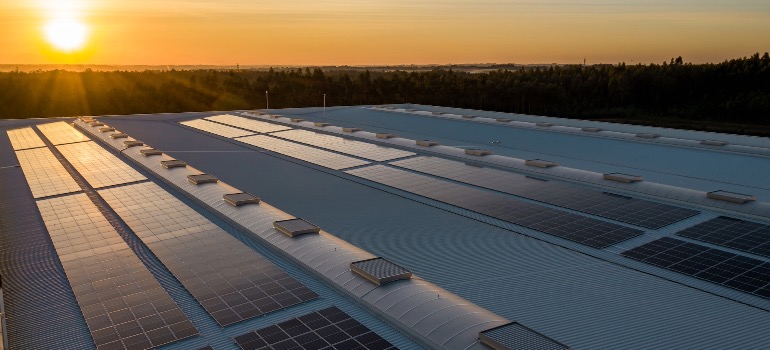
Solar energy, commonly associated with suburban rooftops and names such as South Texas solar systems and solar companies in Texas, is increasingly accessible to urban Read more Solar Energy for Apartment Dwellers: Options and Considerations

Solar energy, commonly associated with suburban rooftops and names such as South Texas solar systems and solar companies in Texas, is increasingly accessible to urban Read more Solar Energy for Apartment Dwellers: Options and Considerations
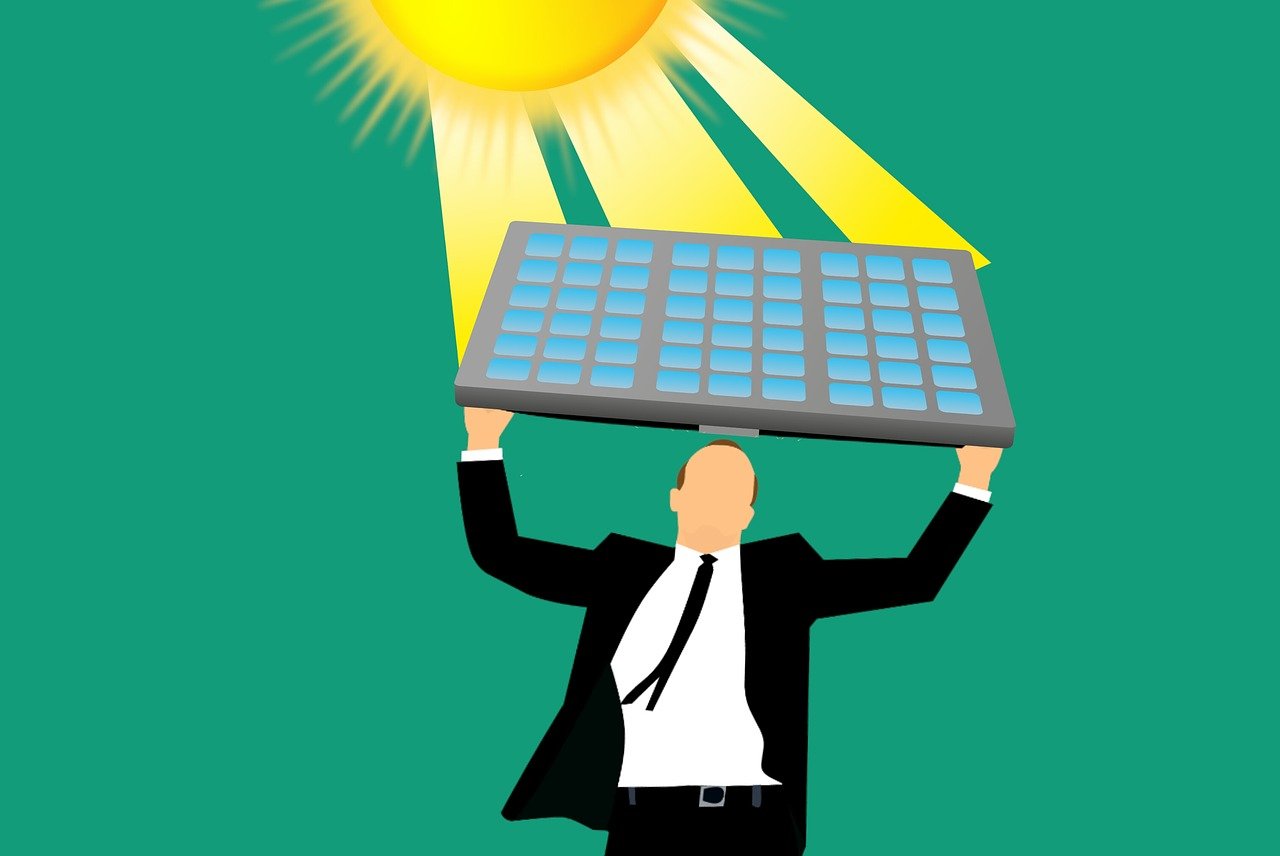
If you want to make the most of your investment in solar power, you need to set it up right! To help you do just Read more How to Optimize Solar Energy Generation with Proper Placement
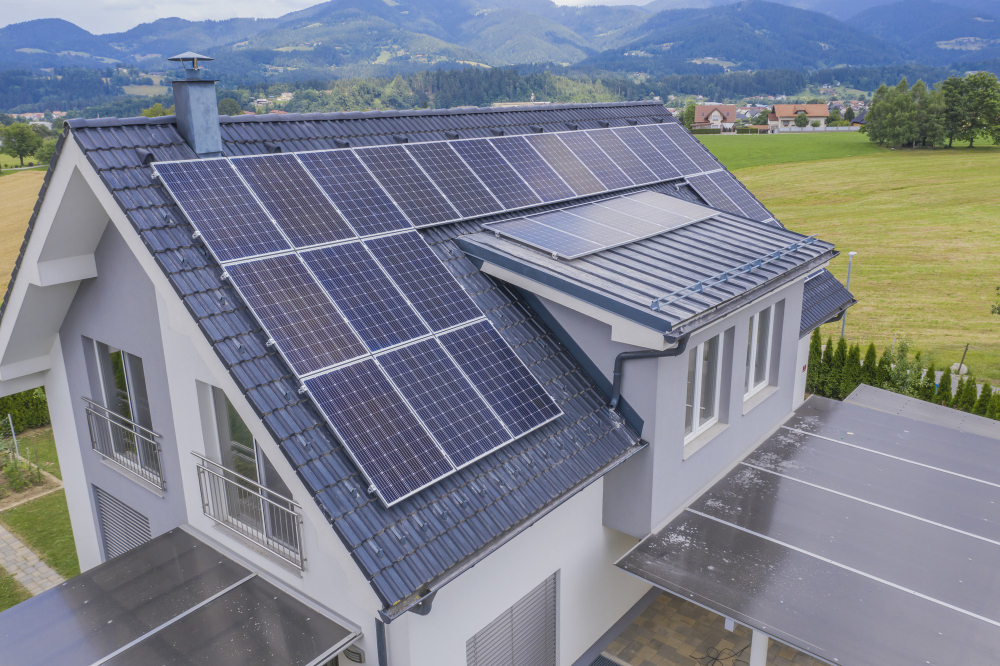
Welcome, green energy enthusiasts and savvy homeowners! As an advisor in the renewable energy sector, I'm here to guide you through the intricate world of Read more Key Factors That Impact Solar Panel Efficiency
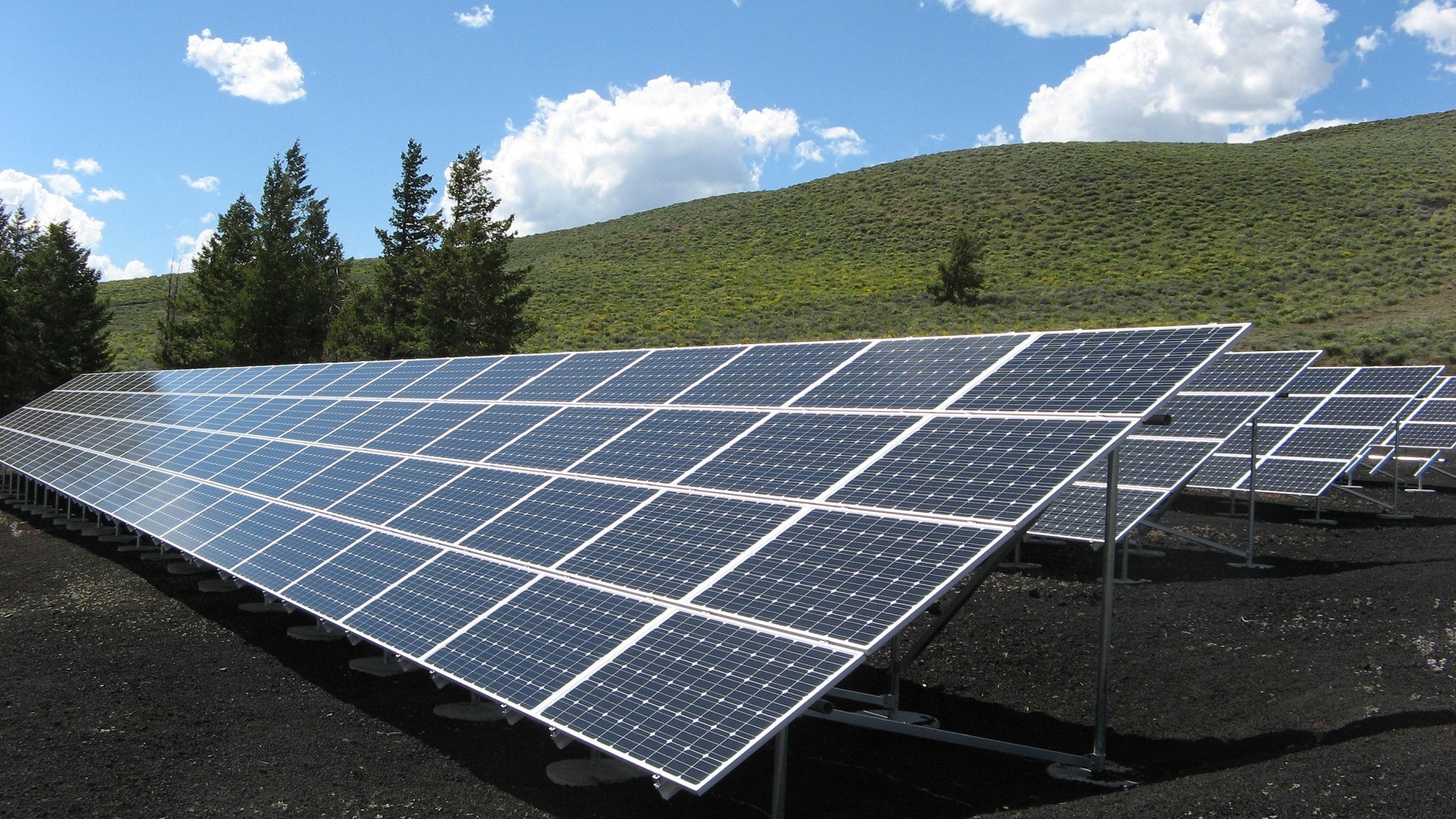
Photovoltaic modules, hailed as heroes in renewable energy solutions, have an often overlooked aspect—aesthetics. There's a prevalent misconception that off-grid solar panels must, by default, Read more 6 Tips for Aesthetically Pleasing Solar Panels
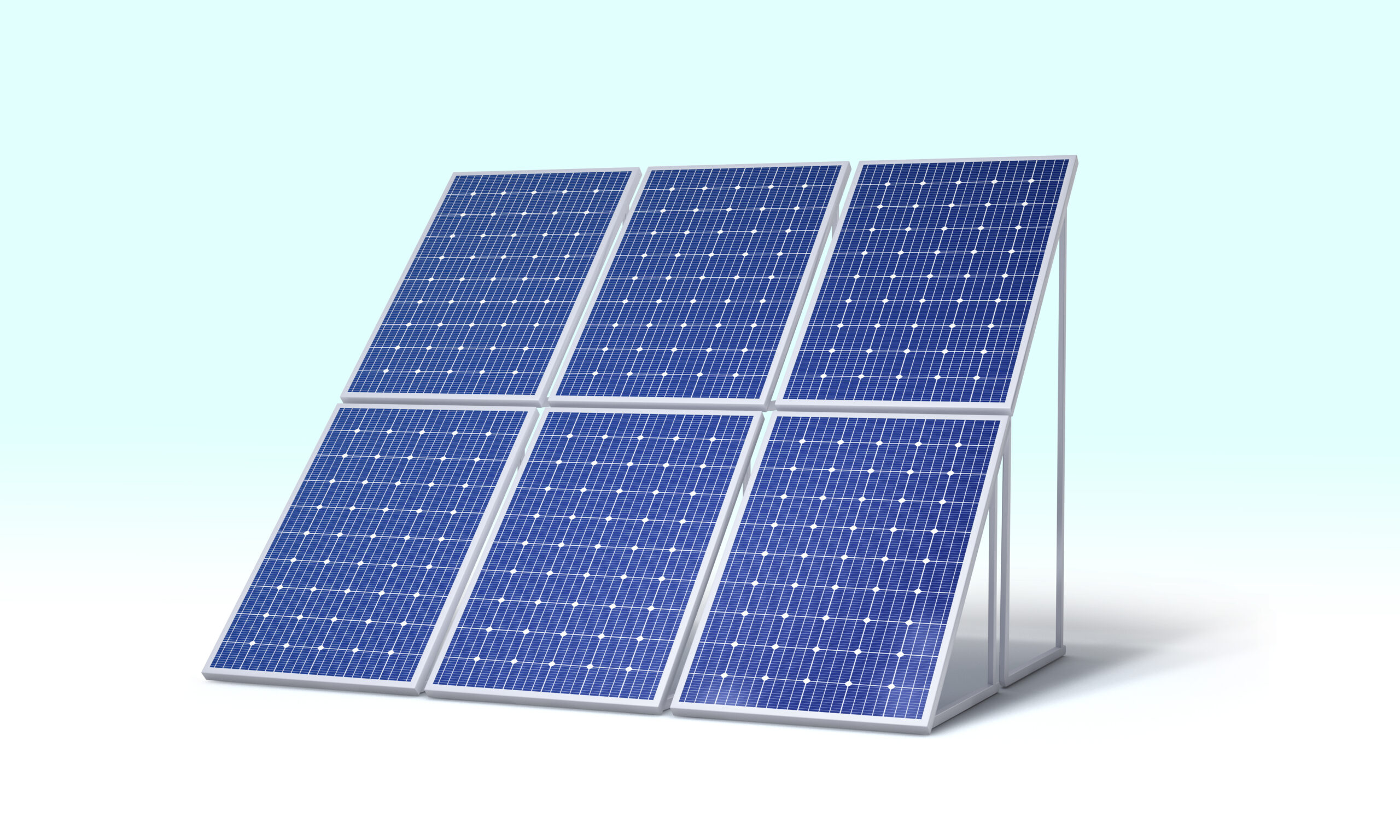
Solar energy is gaining momentum globally as a viable solution to our growing energy needs. A vital component of this renewable energy system is the Read more 6 Things You Need to Know About Solar Batteries